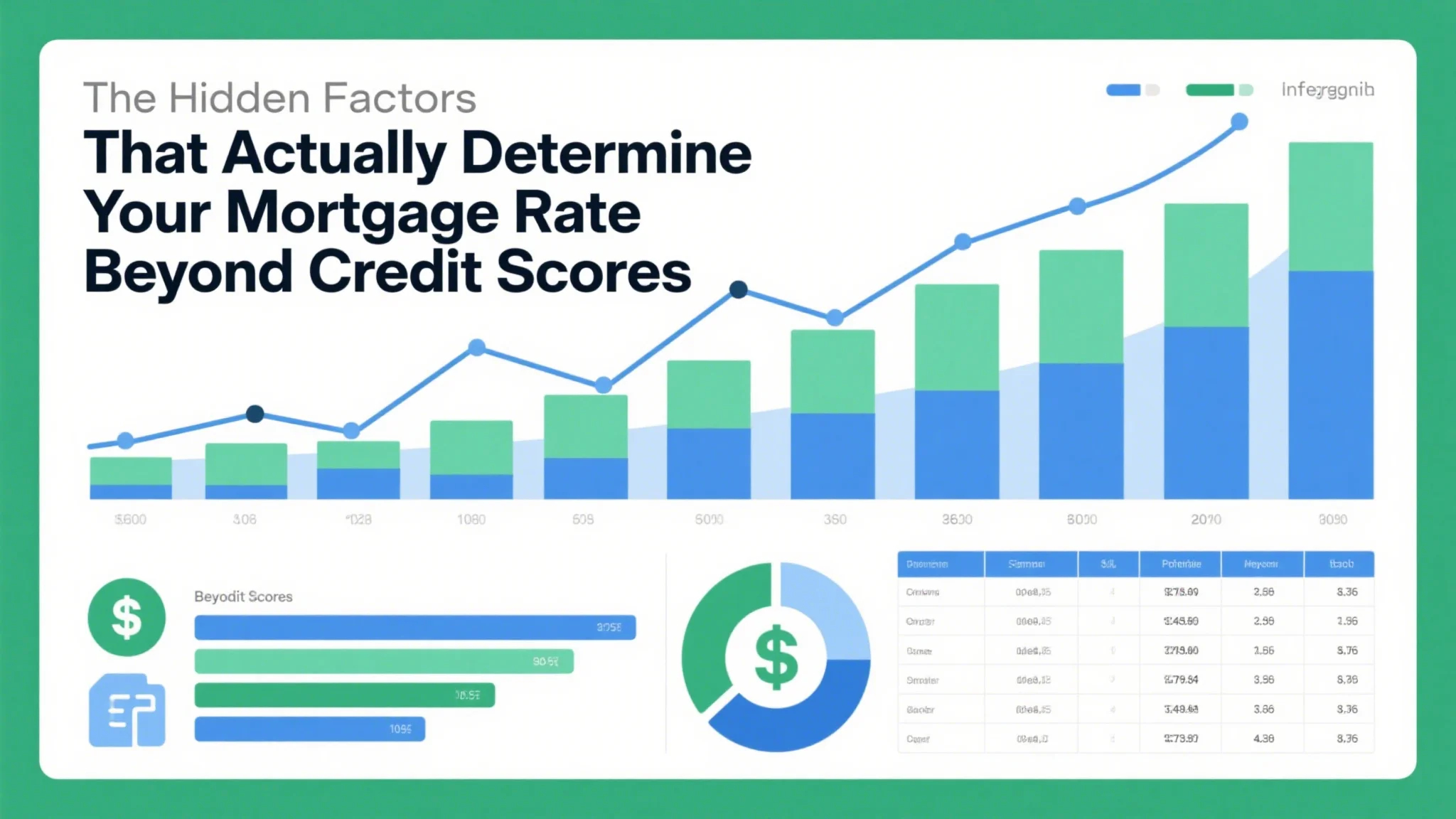Understanding Cash Drag and Its Impact on Your Finances
In today’s fast-paced financial world, it’s easy to fall into the trap of thinking that keeping your money in a “safe” place like a savings account or a money market fund is the best choice. After all, safety is a top priority, especially when it comes to your hard-earned cash. But what if that sense of safety is actually costing you more than you realize?

This is where the concept of cash drag comes into play. Cash drag refers to the opportunity cost of holding cash in low-yield accounts instead of investing it in assets that could potentially earn higher returns. While the term might sound technical, the idea is simple: every dollar you keep in a low-yield account instead of putting it to work in the market is a dollar that could be growing for you over time.
Imagine you have $10,000 sitting in a savings account that earns 2% interest annually. While that might seem like a safe and stable option, consider this: if you invested that same amount in the stock market, you could potentially earn significantly more over time. For example, if the market grows at an average annual rate of 7%, your $10,000 would grow to over $21,000 in 10 years. That’s a difference of over $11,000—money you could have been earning instead of letting it “sleep” in a low-yield account.
But here’s the catch: cash drag isn’t just about missing out on potential gains. It’s also about the time value of money. The longer you hold onto cash without reinvesting it, the more you’re losing out on the compounding effect that could have amplified your returns.
This is where a cash drag calculator becomes an invaluable tool. A cash drag calculator is a simple yet powerful financial instrument that helps you quantify the cost of holding cash in low-yield accounts. By inputting the amount of cash you’re holding, the interest rate you’re earning, and the potential return you could earn through investing, the calculator shows you exactly how much you’re losing in terms of lost returns.
For example, let’s say you have $50,000 in a savings account earning 1.5% interest. If you were to invest that money in a diversified portfolio that historically earns 6% annually, the cash drag calculator would show you how much you’re losing by not investing. Over 10 years, that difference could add up to tens of thousands of dollars.
But why should you care? After all, safety is important, right? While safety is a valid concern, it’s crucial to strike a balance between safety and growth. After all, money that isn’t working for you isn’t truly safe—it’s just sitting there, losing purchasing power to inflation over time.
Consider this: inflation, on average, is around 3% annually. If your savings account is only earning 1.5%, you’re effectively losing 1.5% of your money’s value each year to inflation. That means your “safe” money is slowly eroding in value. On the other hand, if you invest in assets that outpace inflation, you’re not only preserving the purchasing power of your money but also growing it over time.
So, how do you know if you’re holding too much cash? A good rule of thumb is to keep only as much cash as you need for short-term expenses, emergencies, and any immediate financial goals. The rest should be allocated to investments that align with your risk tolerance and financial objectives.
By using a cash drag calculator, you can visualize the impact of your cash holdings and make more informed decisions about how to allocate your money. It’s a wake-up call for many people who think they’re being cautious by holding onto cash, but in reality, they’re missing out on significant growth opportunities.
How to Use a Cash Drag Calculator to Maximize Your Wealth
Now that you understand the concept of cash drag, it’s time to take action. A cash drag calculator is a user-friendly tool that can help you evaluate your current financial strategy and identify areas for improvement. Here’s how you can use it to your advantage:
Assess Your Current Cash Holdings
Start by identifying how much cash you’re currently holding in low-yield accounts. This includes savings accounts, checking accounts, money market funds, and any other cash-like investments. Be honest with yourself about how much you truly need for short-term needs and how much is simply sitting idle.
Input the Numbers into the Calculator
Most cash drag calculators will ask for the following inputs:
The amount of cash you’re holding.
The interest rate you’re earning on that cash.
The potential return you could earn by investing that cash.
The time horizon for your investment (e.g., 5, 10, or 20 years).
Plug in these numbers, and the calculator will show you the difference between the returns you’re earning and the returns you could be earning through investing.
Evaluate the Results
The results will likely surprise you. For example, if you’re holding $100,000 in a savings account earning 1% interest and could earn 7% by investing, the calculator might show that you’re losing out on over $100,000 in potential returns over 20 years. This is a wake-up call to reconsider your cash holdings.
Reallocate Your Cash
Once you’ve evaluated the impact of cash drag, it’s time to take action. Start by reallocating any excess cash to investments that align with your financial goals. This could include stocks, bonds, real estate, or other income-generating assets. The key is to find a balance between safety and growth.
Monitor and Adjust
Financial markets are dynamic, and your financial goals may change over time. Regularly revisit your cash holdings and investment allocations to ensure they still make sense for your current situation. A cash drag calculator can be a valuable tool for ongoing financial planning.
It’s also important to remember that investing always carries some level of risk. However, by diversifying your portfolio and working with a financial advisor, you can mitigate risks and build a strategy that’s tailored to your needs.
For example, if you’re a risk-averse investor, you might opt for safer investments like bonds or dividend-paying stocks. If you’re comfortable with higher risk, you might consider growth stocks or alternative investments. The key is to stay informed and make decisions that align with your financial objectives.
In conclusion, a cash drag calculator is more than just a tool—it’s a catalyst for change. It forces you to question the status quo and rethink how you’re managing your money. By understanding the true cost of holding cash and taking steps to optimize your financial strategy, you can unlock the potential for greater wealth and financial security.
Remember, the longer you wait to take action, the more you’re losing to cash drag. So, take control of your finances today and start building a brighter financial future—one that’s not just safe but also profitable.



